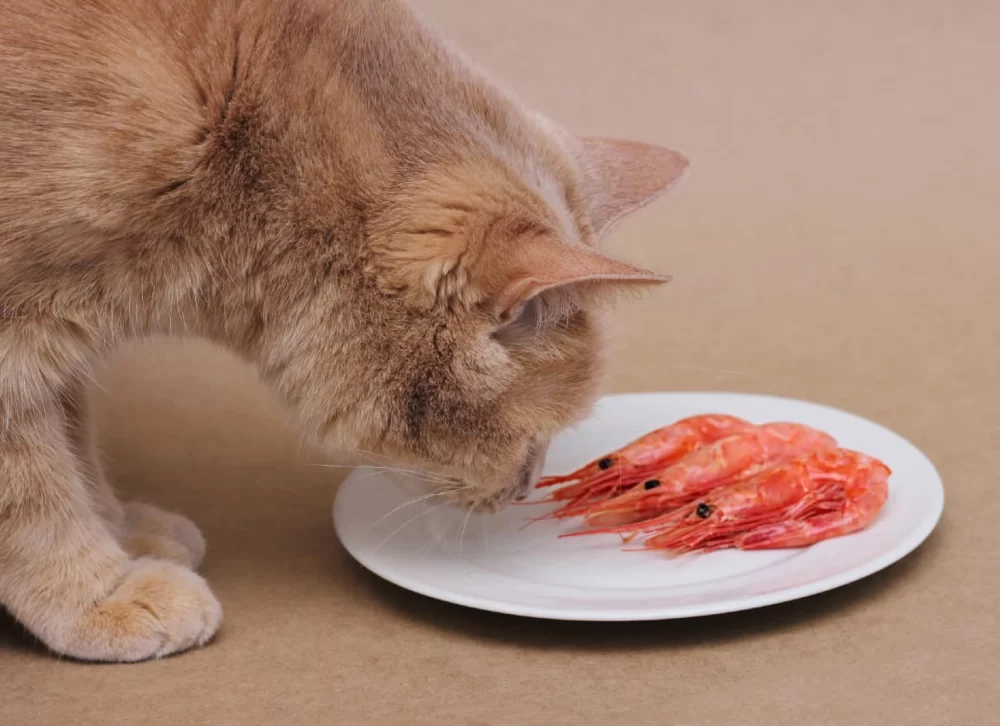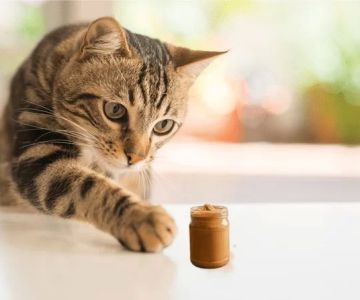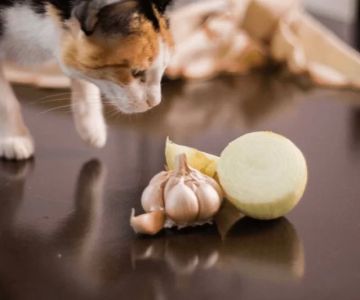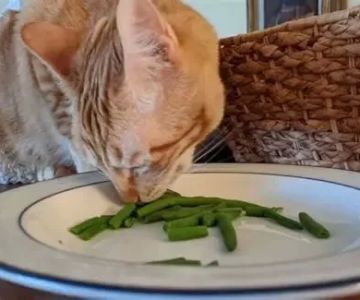Can Cats Eat Shrimp Safely? What Every Cat Owner Should Know
If you're like me, you probably enjoy indulging in a delicious seafood meal every now and then. On occasion, while preparing shrimp, I’ve noticed my cat eyeing the plate and wondering: Can cats eat shrimp safely? It’s an interesting question, especially since many of us love to share bits of our food with our furry companions. But before you toss a shrimp to your cat, it’s essential to understand the risks and benefits involved in feeding shrimp to cats.
In this article, I’ll walk you through the ins and outs of feeding shrimp to your cat, based on expert advice and personal experience. By the end, you’ll have a clear understanding of whether shrimp is a safe treat for your feline friend and how to do so safely.
The Nutritional Value of Shrimp for Cats
Let’s start by looking at why shrimp can be an attractive food option for cats. Shrimp is high in protein, low in fat, and packed with essential nutrients such as vitamin B12, iodine, and selenium. These nutrients can be beneficial for your cat’s overall health. As obligate carnivores, cats need protein as a key component of their diet, and shrimp can be a tasty, protein-packed snack that may appeal to your cat’s natural instincts.
When I first introduced shrimp to my cat, Luna, I was surprised by how much she seemed to love it. It was as if the natural scent and flavor were irresistible to her. However, the question is not just about whether cats enjoy shrimp, but whether it’s safe for them to eat on a regular basis. While shrimp offers some nutritional benefits, there are also important considerations to keep in mind.
Potential Risks of Feeding Shrimp to Cats
While shrimp can be a great source of nutrition, there are some risks that every cat owner should be aware of. Here are the main dangers associated with feeding shrimp to cats:
1. Choking Hazard
One of the first things I learned after feeding shrimp to Luna was the potential for choking. Shrimp, especially when not properly prepared, can present a choking hazard to cats. The shells, tails, and legs of shrimp can be difficult to digest and may get stuck in your cat’s throat, leading to discomfort or even serious injury. That’s why it’s crucial to remove all the shells and tails before giving shrimp to your cat. Additionally, always serve shrimp in small, manageable pieces to minimize the choking risk.
2. Allergic Reactions
Some cats may have allergic reactions to shrimp or other seafood, which could lead to symptoms such as vomiting, diarrhea, or itching. While Luna didn’t show any signs of an allergy, I’ve heard of other cats who developed gastrointestinal issues or skin irritation after eating shrimp. If this is your cat’s first time trying shrimp, start with a small amount and closely monitor them for any adverse reactions. If your cat experiences any symptoms, it’s best to stop feeding them shrimp and consult your veterinarian.
3. High Cholesterol and Sodium Content
Another consideration is the sodium and cholesterol content in shrimp. Although shrimp is a low-fat food, it’s also high in cholesterol and sodium, which can be problematic for cats with certain health conditions, such as kidney disease or heart disease. If your cat has any underlying health issues, it’s always a good idea to consult your vet before introducing shrimp into their diet. For healthy cats, shrimp should only be given in moderation to avoid potential health issues down the line.
4. Contaminants and Chemicals
When feeding your cat shrimp, it’s important to consider the source of the shrimp. Farmed shrimp, in particular, can be exposed to harmful chemicals and antibiotics that could negatively affect your cat's health. To mitigate this risk, I always ensure that I’m offering wild-caught shrimp, as it tends to have fewer chemicals and contaminants. Additionally, make sure to thoroughly clean the shrimp, removing any leftover shell or debris, before offering it to your cat.
How to Safely Feed Shrimp to Your Cat
If you’ve decided to give your cat shrimp, it’s important to do so safely. Here are some tips based on my own experience and expert recommendations:
1. Remove the Shell and Tail
Before offering shrimp to your cat, always peel off the shell and tail. These parts can be difficult for cats to digest and may cause choking. I always make sure to clean the shrimp thoroughly and remove any sharp or hard parts before giving it to Luna.
2. Cook the Shrimp Thoroughly
Raw shrimp can carry harmful bacteria and parasites, so it’s essential to cook the shrimp thoroughly before feeding it to your cat. I usually steam or boil the shrimp to ensure it’s fully cooked and safe for my cat to eat. Avoid using any seasoning, garlic, or butter, as these ingredients can be harmful to cats. Simply cooking the shrimp without any additives is the safest option.
3. Serve in Small Portions
As with any treat, moderation is key. Shrimp should never make up more than 10% of your cat’s daily diet. I usually serve shrimp as an occasional treat, about once a week, and make sure it’s in small, manageable portions. This ensures Luna gets the benefits of shrimp without overloading her system with too much sodium, fat, or cholesterol.
4. Monitor Your Cat After Feeding Shrimp
After introducing shrimp to your cat’s diet, it’s essential to monitor them for any signs of an allergic reaction or gastrointestinal issues. If your cat experiences vomiting, diarrhea, or any other symptoms after eating shrimp, it’s best to avoid it in the future. Fortunately, Luna didn’t have any issues with shrimp, but I’ve heard that some cats are more sensitive to seafood than others.
Alternative Seafood Options for Cats
If you’re looking for other seafood options for your cat, there are a few alternatives that are generally safe in moderation. Fish like salmon, tuna, and sardines can be good protein sources for cats, but they should also be offered without any seasoning or added oils. When feeding seafood to your cat, always keep the portions small and be mindful of the risk of mercury, especially in tuna. As with shrimp, it’s crucial to make sure the seafood is cooked properly and free of any harmful additives.
Conclusion: Is Shrimp Safe for Cats?
So, can cats eat shrimp safely? The answer is yes, but with several important precautions. Shrimp can be a healthy, protein-packed treat for your cat, but it should be served in moderation, prepared correctly, and free of any harmful additives. Always be sure to remove the shell and tail, cook the shrimp thoroughly, and monitor your cat for any signs of an allergic reaction. By following these simple guidelines, you can safely share shrimp with your cat and enjoy watching them enjoy this special treat.












